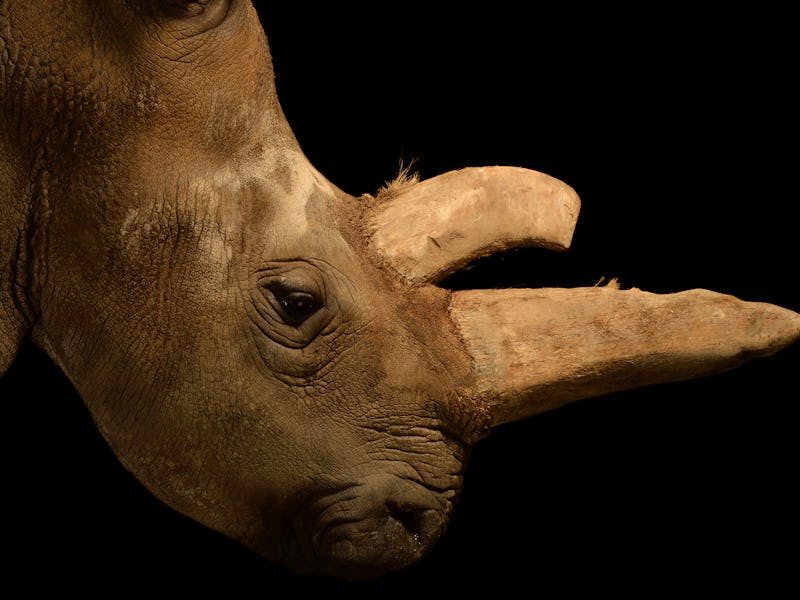Slaughtered Rhino Suggests Ancient Humans Traveled in the Pleistocene Age
We were off by 600,000 years.

Early humans may have lived in the Philippines as early as 709,000 years ago, according to new research published in the science journal Nature. New evidence, derived from a very old rhinoceros, places ancient humans on the Philippine island over 600,000 years earlier than originally believed.
Thomas Ingicco, an archaeologist with France’s National Museum of Natural History, reported the discovery of over 400 bones — including the near-complete remains of a rhinoceros — in the Cagayan Valley of northern Luzon. Ingicco’s team of scientists found that 13 of the rhino’s bones displayed marks as though it had been maimed by a stone tool. There was even evidence that a tool was used to extract marrow from the animal’s bone, suggesting that it was a fresh kill and not an instance where the hominin used tools on a skeleton that had been long dead.
Rhino remains from the archaeological unit
This discovery is shocking because the rhino came from the Middle Pleistocene age, which dates back as far as 781 million years ago. While this particular rhino is dated to 709,000 years in the past, it’s still a massive departure from what was considered the first time the island welcomed hominin colonies. Before Ingicco’s discovery, the earliest evidence of hominins in the Philippines came from a single foot bone that was found in the Sierra Madre mountains. The bone was dated to 67,000 years ago.
“This evidence pushes back the proven period of colonization of the Philippines by hundreds of thousands of years,” the paper states, “and furthermore suggests that early overseas dispersal in Island South East Asia by pre-modern hominini took place several times during the Early and Middle Pleistocene stages.” This nearly intact rhino raises a lot of questions for archaeologists, not least of which is how these early humans got to the Philippines in the first place.
Many of the islands across the South Pacific are separated by such large bodies of water that it was assumed ancient humans could not have crossed them. But the placement of pre-modern hominin tools in the Philippines suggests that they were capable of constructing watercraft in order to arrive on the island.
If such communities did exist in the Philippines before modern humans’ arrival, the Philippines may have played a central role the migration of archaic hominini towards the southern islands of Wallacea. More archaeological research in the Cagayan Valley is expected, as this new data could help researchers understand if and how the Philippines played a strategic role in hominin migration during the Middle Pleistocene age.